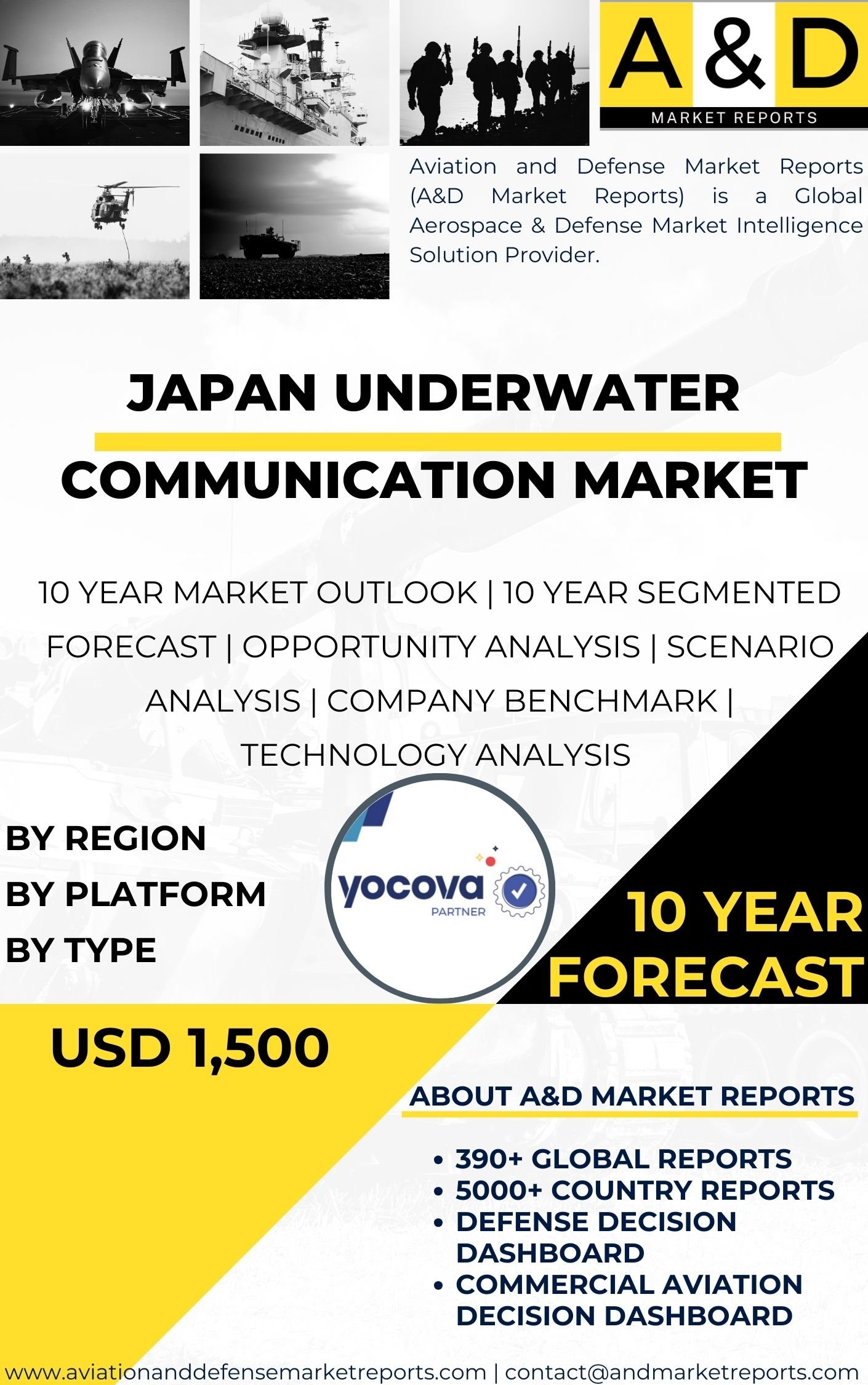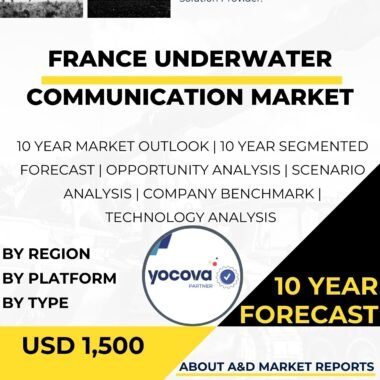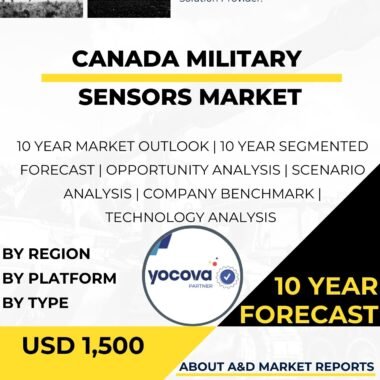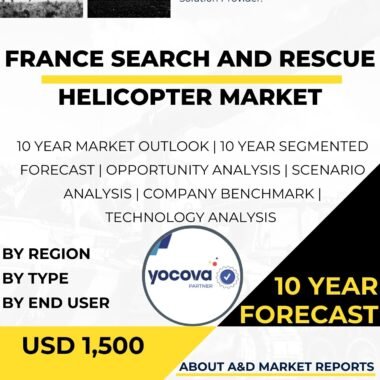Description
The underwater communication market in Japan has witnessed significant growth and strategic importance as the nation seeks to enhance its maritime capabilities, support underwater exploration, and ensure secure and reliable communication in the marine environment. Underwater communication technologies play a crucial role in enabling real-time data transmission, underwater navigation, and seamless communication between underwater vehicles, sensors, and manned platforms.
The underwater communication market in Japan encompasses a diverse range of technologies, including acoustic communication systems, optical communication systems, and electromagnetic communication systems. These technologies are utilized by various stakeholders, including the Japan Maritime Self-Defense Force (JMSDF), marine research institutions, offshore industries, and underwater robotics companies.
One of the primary applications of underwater communication in Japan is in supporting maritime defense and surveillance operations. Acoustic communication systems enable secure and covert communication between submarines, underwater sensors, and surface vessels, enhancing situational awareness and facilitating coordinated operations in the marine environment.
Moreover, underwater communication technologies play a crucial role in supporting scientific research and underwater exploration. Marine research institutions use acoustic communication systems to transmit data from underwater sensors, remotely operated vehicles (ROVs), and autonomous underwater vehicles (AUVs), enabling scientists to gather critical data on oceanography, marine biology, and environmental changes.
Furthermore, the underwater communication market in Japan contributes significantly to offshore industries, such as oil and gas exploration and underwater construction. Acoustic communication systems enable communication between underwater platforms and support remote control of underwater equipment, enhancing operational efficiency and safety in challenging underwater environments.
As Japan emphasizes indigenous defense capabilities, the domestic production and development of underwater communication technologies have seen substantial growth. Collaborations between the government, defense industry, and research institutions have fostered innovation, leading to the creation of state-of-the-art underwater communication systems tailored to Japan’s specific maritime requirements.
Japan’s marine research institutions and underwater robotics companies also benefit from partnerships with international manufacturers and research organizations. These collaborations contribute to the modernization of Japan’s underwater communication capabilities and support the growth of its marine research and robotics industries.
The underwater communication market in Japan also benefits from advancements in acoustic, optical, and electromagnetic communication technologies. Manufacturers have leveraged these developments to create underwater communication systems with improved data transmission rates, increased range, and enhanced resistance to environmental challenges.
However, the underwater communication market in Japan also faces challenges related to signal attenuation, noise interference, and underwater navigation. Underwater communication signals can experience significant attenuation as they travel through water, affecting signal strength and data transmission rates.
Moreover, underwater environments are subject to various noise sources, including natural sounds from marine life and human-generated noise from ship traffic and other underwater activities. Mitigating noise interference is crucial for maintaining clear and reliable communication in the marine environment.
Additionally, ensuring accurate underwater navigation is essential for maximizing the efficiency and effectiveness of underwater communication systems. Developing robust navigation technologies for underwater platforms and vehicles contributes to enhanced underwater situational awareness and coordination.
In conclusion, the underwater communication market in Japan has witnessed significant growth and strategic importance, driven by the nation’s focus on enhancing its maritime capabilities, supporting underwater exploration, and ensuring secure and reliable communication in the marine environment. Underwater communication technologies provide critical solutions for maritime defense, scientific research, offshore industries, and underwater robotics, catering to Japan’s specific underwater communication requirements. The collaboration between the government, defense industry, research institutions, and international partners fosters innovation and contributes to the growth of the domestic underwater communication market. Addressing challenges related to signal attenuation, noise interference, and underwater navigation is crucial for further enhancing Japan’s underwater communication capabilities and ensuring that its maritime and marine research sectors have access to advanced and reliable communication systems to support defense operations, scientific exploration, and maritime activities. With its strategic focus on indigenous defense capabilities and underwater technology development, Japan remains committed to leveraging advanced underwater communication technologies to support maritime security, enhance underwater research, and contribute to regional and global marine conservation efforts.




